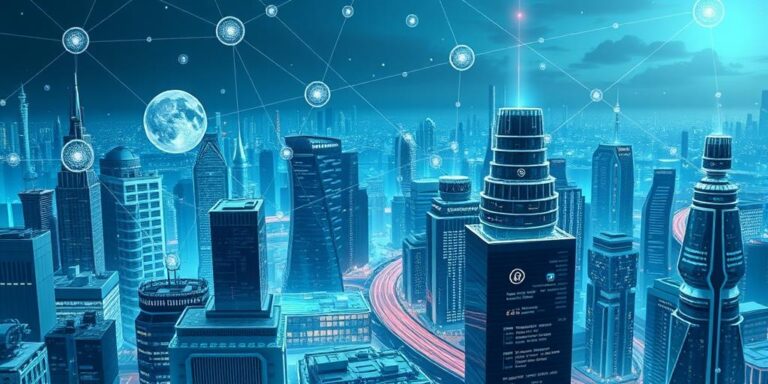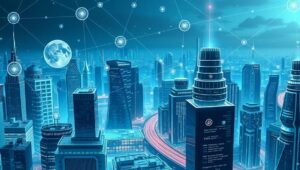Decentralized Computing: Web3 and Beyond (Post-2025 Architectures)
Decentralized computing is poised to revolutionize the digital landscape. As we move beyond 2025, the architectures underpinning Web3 and other decentralized systems are becoming increasingly sophisticated. This article explores the key concepts, emerging trends, and potential future directions of decentralized computing architectures.
What is Decentralized Computing?
Decentralized computing involves distributing computational tasks across multiple nodes or devices, rather than relying on a centralized server. This approach enhances security, transparency, and resilience while reducing dependency on single points of failure. Web3, the next evolution of the internet, heavily relies on decentralized computing principles.
Key Concepts
- Blockchain Technology: The backbone of many decentralized systems, providing a secure and transparent ledger for recording transactions.
- Distributed Ledger Technology (DLT): A broader category that includes blockchain and other methods for maintaining synchronized data across multiple participants.
- Smart Contracts: Self-executing contracts stored on a blockchain, automating agreements and processes without intermediaries.
- Decentralized Autonomous Organizations (DAOs): Community-led entities that use smart contracts to govern operations and allocate resources.
- Interoperability: The ability of different decentralized systems to communicate and interact with each other.
Emerging Trends in Decentralized Computing Architectures
- Layer-2 Scaling Solutions: Addressing the scalability limitations of blockchain networks through solutions like rollups, sidechains, and state channels.
- Interoperable Blockchains: Developing protocols and standards that enable seamless communication and asset transfer between different blockchain networks.
- Decentralized Storage Solutions: Moving away from centralized cloud storage providers to decentralized networks like IPFS and Filecoin, ensuring data availability and censorship resistance.
- Edge Computing Integration: Combining decentralized computing with edge computing to bring processing power closer to the data source, reducing latency and improving performance.
- AI and Decentralization: Integrating artificial intelligence with decentralized systems for tasks such as fraud detection, data analysis, and automated decision-making.
- Confidential Computing: Leveraging technologies like Trusted Execution Environments (TEEs) and secure enclaves to protect data privacy and integrity within decentralized networks.
Post-2025 Architectures: A Glimpse into the Future
Looking ahead, decentralized computing architectures will likely evolve in several key directions:
- Hybrid Architectures: Combining the benefits of both centralized and decentralized systems to optimize performance, security, and scalability.
- Modular Blockchains: Designing blockchains with interchangeable components, allowing for greater flexibility and customization.
- Advanced Consensus Mechanisms: Exploring novel consensus algorithms that offer improved efficiency and security compared to traditional Proof-of-Work or Proof-of-Stake.
- Decentralized Identity Solutions: Creating self-sovereign identity systems that give users control over their personal data and online identities.
Challenges and Opportunities
Despite its immense potential, decentralized computing faces several challenges:
- Scalability: Overcoming the limitations of current blockchain technologies to support high transaction volumes.
- Security: Protecting decentralized systems from attacks and vulnerabilities.
- Regulation: Navigating the evolving regulatory landscape and ensuring compliance.
- Usability: Improving the user experience to make decentralized applications more accessible to mainstream users.
However, these challenges also present significant opportunities for innovation and growth. By addressing these issues, decentralized computing can unlock new possibilities for a more open, secure, and equitable digital future.
Conclusion
Decentralized computing is transforming the way we build and interact with digital systems. As we move further into the post-2025 era, the architectures underpinning Web3 and other decentralized networks will continue to evolve, driving innovation and creating new opportunities across various industries. Understanding these trends and concepts is crucial for anyone looking to participate in the decentralized revolution.




